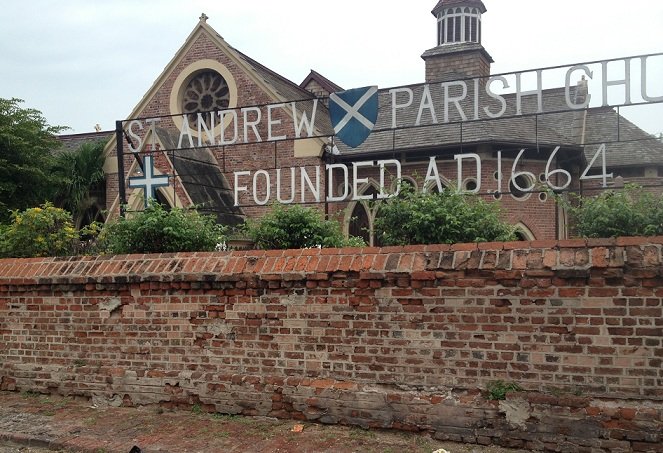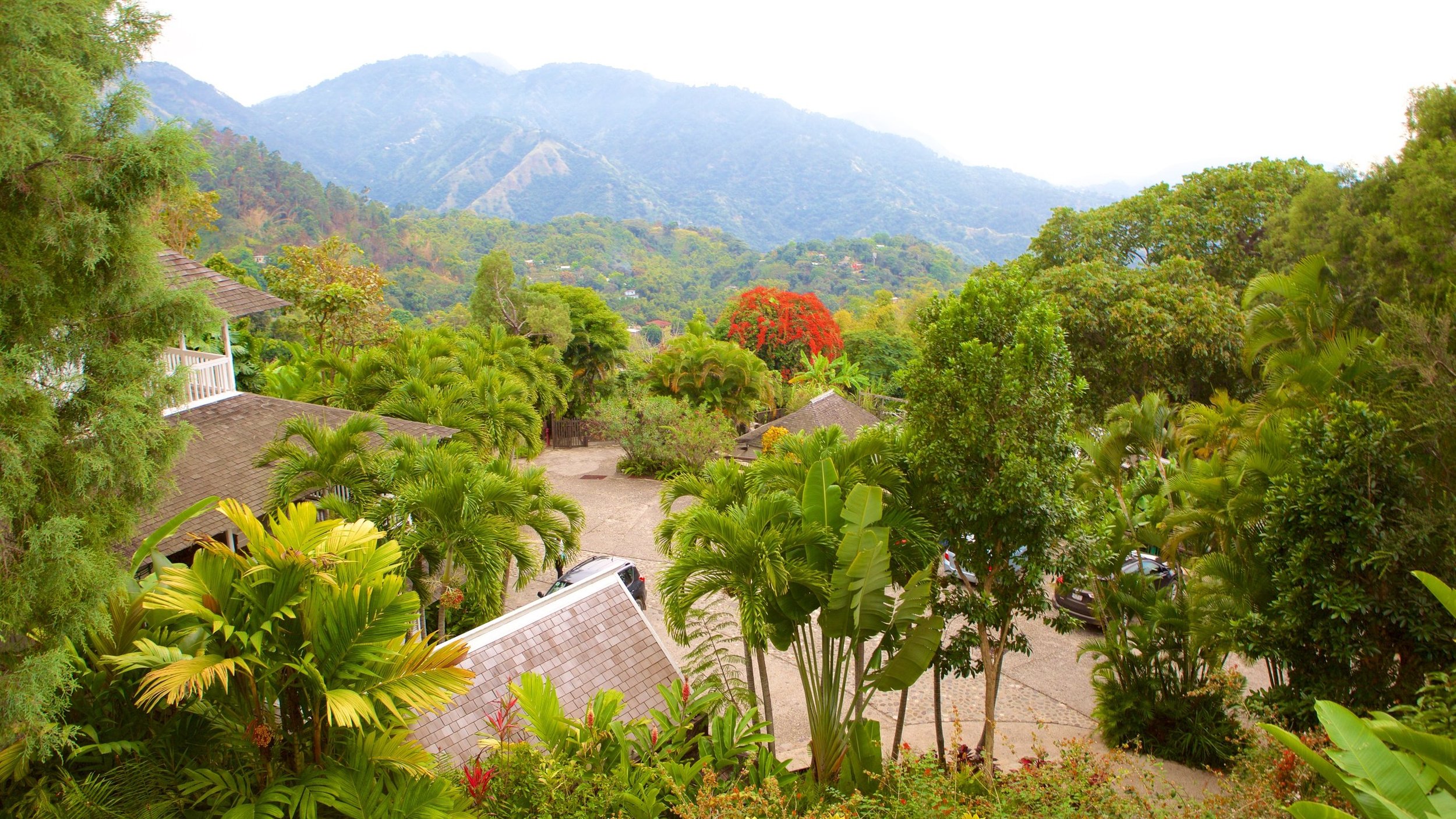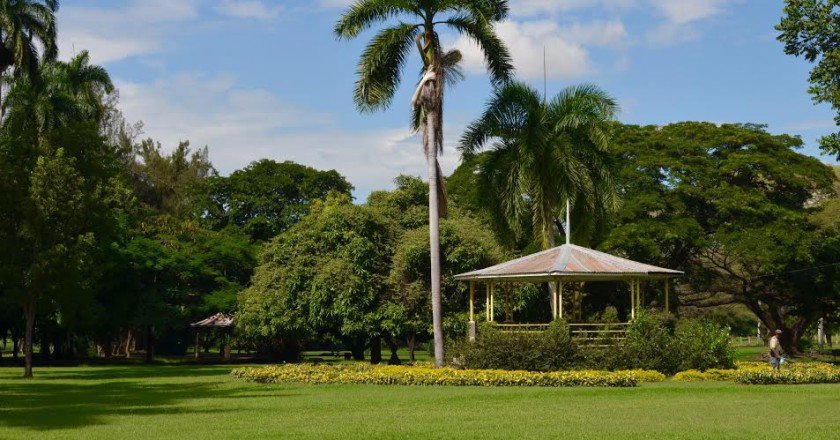St. Andrew was established as a parish in 1867. The parish's name originates from the Taino word for iguana (“Liguanea”). St. Andrew lies to the north, west and east of Kingston. As Kingston grew in popularity wealthy residents of Kingston began buying old ‘pens’ in St. Andrew. Pens originally referred to farms where livestock was kept, and many areas in St. Andrew were still called pens well into the 20th century—a term considered derogatory today but which has been replaced by the designation ‘garden’.
ST. ANDREW, JAMAICA
Historical Information
St. Andrew Parish is bounded by St. Thomas and Portland to the west, St. Mary to the north, and St. Catherine to the northeast. Within its municipal boundaries, it also shares borders with Kingston and St. Andrew Parish. The parish's Blue Mountains reach as high as 1,930 metres at Sir John’s Peak; these mountains occupy much of the northern section of this area and overlook Kingston and St. Andrew Parish. Liguanea Plains rise from sea level to the foothills of these mountains; they extend from just south of Kingston up into St. Andrew Parish's eastern border with Trelawny Parish where they also spill into St. James Parish near Montego Bay. The parish has a total coastline area of 64 kilometres (40 mi) with 48 kilometres (30 mi) being usable coastline; this coastline includes areas along both Jamaica's north coast and southwestern coastlines as well as a small portion along its southeastern coast facing Grand Cayman Island in The Cayman Islands off the southern coast of Cuba across Jamaica Bay to the east, southwest of New York City on Long Island in New York State, United States.
Geographical Information




